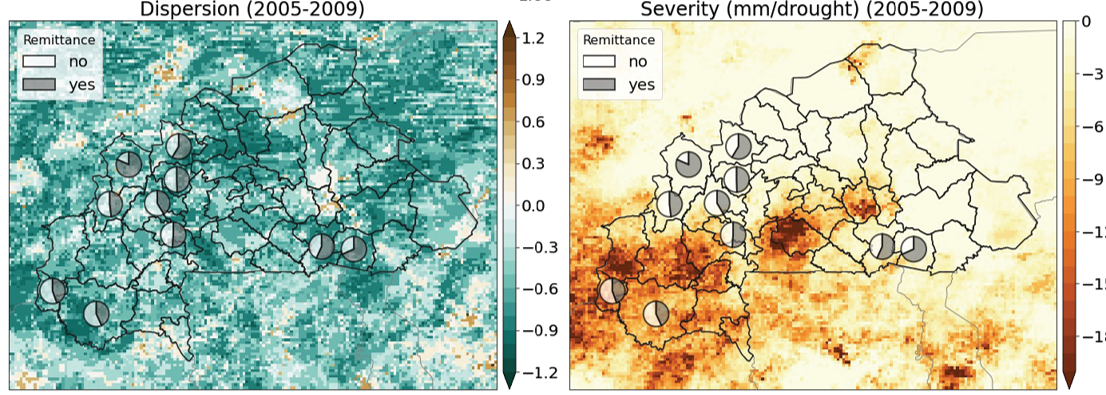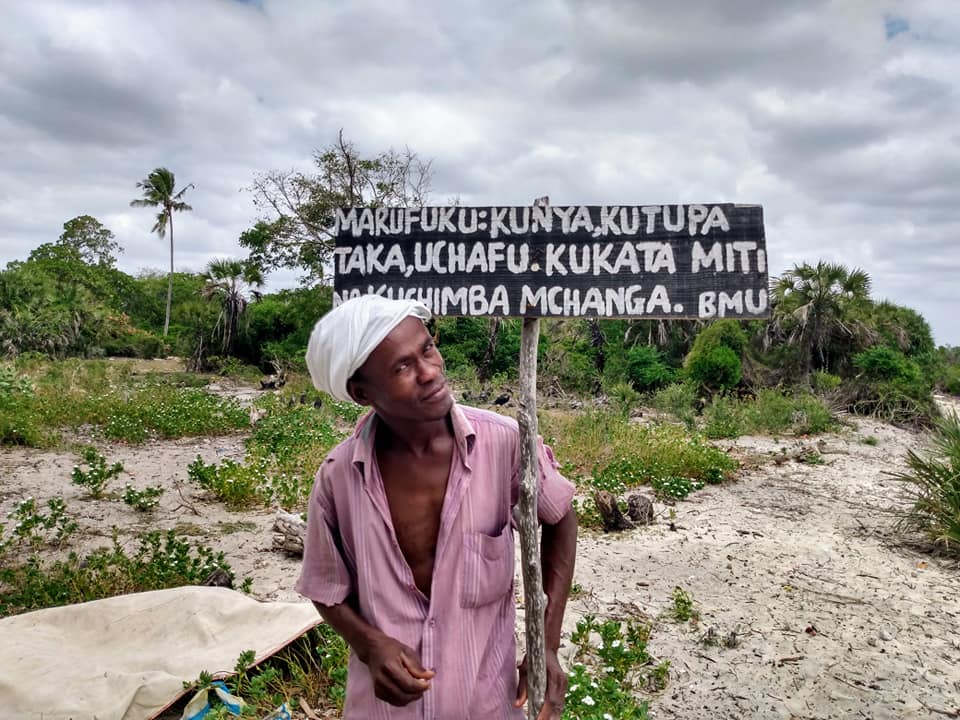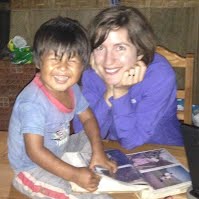Here we overview current projects led by members of the HSL. For more details on our collaborative work, see Team, Publications, or SciComm. For more details on our commitments to collaborative, ethical, inclusive research and to open science practices, see Commitments.

Climate change adaptation
Climate impacts pose some of the biggest risks humans have faced, past and present, and we have a long history of innovating new candidate climate adaptations, modifying existing ones, and sharing what works (Pisor et al. 2023). Even the way we construct infrastructure is a product of innovations and modifications we’ve kept and taught to others over time. At the HSL, we work to understand how climate change adaptation unfolds, what works where, and how we can best support communities as they respond (Pisor et al. 2022). See this recent talk by Director Anne Pisor for an overview.
What we know about locally led climate adaptation
In recent special issues led by HSL Director Anne Pisor in Philosophical Transactions of the Royal Society: Biological Sciences and American Journal of Human Biology, Anne, her fellow editors, and issue contributors highlight how people past and present have responded to climate change, with potential insight for future responses that can better protect well-being and livelihoods. Anne summarizes some of the key findings here.
PhD student Evan Leacox is also interested in locally led adaptation, building collaborative relationships with Northwest US communities to understand what is innovated, kept, and shared.
What adaptations are common under what conditions
Understanding what adaptations work under what conditions requires being clearer in what we mean by “conditions.” With collaborators in the earth sciences, Anne is making predictions about what features of climate variability predict the kinds of climate adaptations people use successfully, then modeling these predictions with empirical data. In One Earth, she and her collaborators offer a toolkit for how to compare climate time series with adaptation data to improve inference. Empirical tests are forthcoming.
What adaptations actually reduce risk
Climate impacts the prevalence of both acute and chronic disease, especially in areas of the world like Eastern Africa where changes in average temperature and precipitation variability are particularly intense. Anne and HSL Co-Director Kris Smith collabore with the Center for Research in Emerging Infectious Diseases - East and Central Africa (CREID-ECA) to identify and scale up locally led adaptations that mitigate the relationship between climate impacts and health outcomes in Eastern Africa. They recently received an NIH grant for this work, with a focus on Rift Valley Fever Disease in Kenya. Anne is also joining the CREID-ECA Clinical Research Support Team, where she will oversee social-science research, training, and protocol development for epidemic, often climate-sensitive disease.

Long-distance relationships
Long-distance relationships - social connections spanning space - have been a central building block of human sociality since at least the origin of Homo sapiens. Importantly, long-distance relationships may or may not cross group boundaries - they are not the same as intergroup relationships and may have served different functions over our evolutionary history (Pisor & Ross 2022). However, whether talking about long-distance or intergroup relationships in humans, these relationships are flexible: humans are not always hostile towards people from other places, nor are we always friendly towards them (Pisor & Ross 2023). In a recent blog post, Anne underscores why understanding the flexibility of intergroup relationships is so important - for how we characterize human sociality, for policy, and for how we do science itself].
Tanga Sociality and Fisheries Project
The TSFP, directed by Kris and co-directed by Anne and frequent collaborator Monique Borgerhoff Mulder, studies the connection between people’s short-distance and long-distance relationships and their use of their natural resources. We find that long-distance relationships help people get occasional but big infusions of capital, underscoring the importance of social relationships for accessing non-local resources (Smith et al 2023). Kris summarizes these findings in a recent blog post.
The TSFP emphasizes local collaboration, often putting our heads together with local NGO Mwambao Coastal Community Network and communities.

Cooperative relationships with non-kin and chosen kin
They say it takes a village to raise a child, and they’re not wrong: humans have long cooperated with unrelated friends, neighbors, and business partners to benefit themselves and their families (Hubbard et al. 2023). Thinking hard about and studying relationships with non-kin is a central theme at the HSL. For example, PhD student Ollie Shannon is studying how chosen family impacts people’s well-being in Queer communities in the Western US.